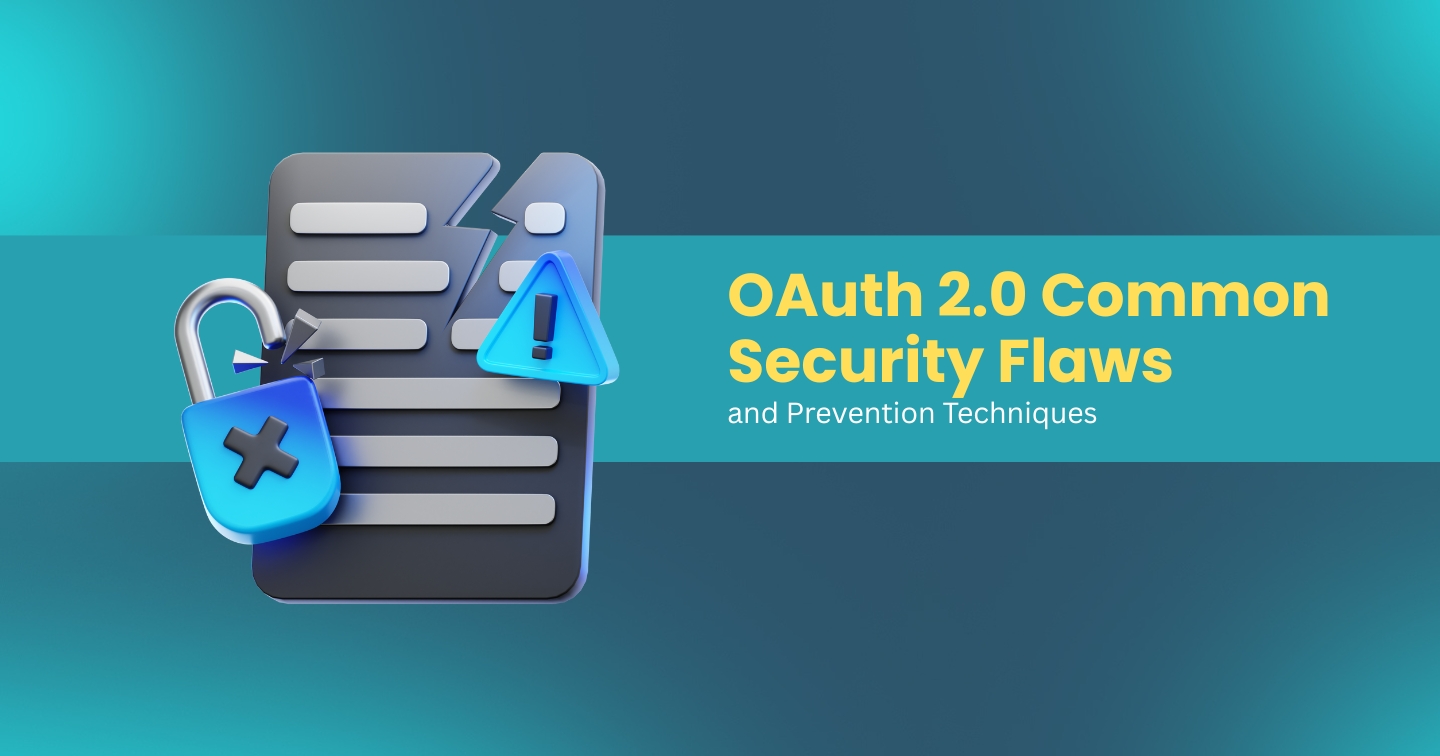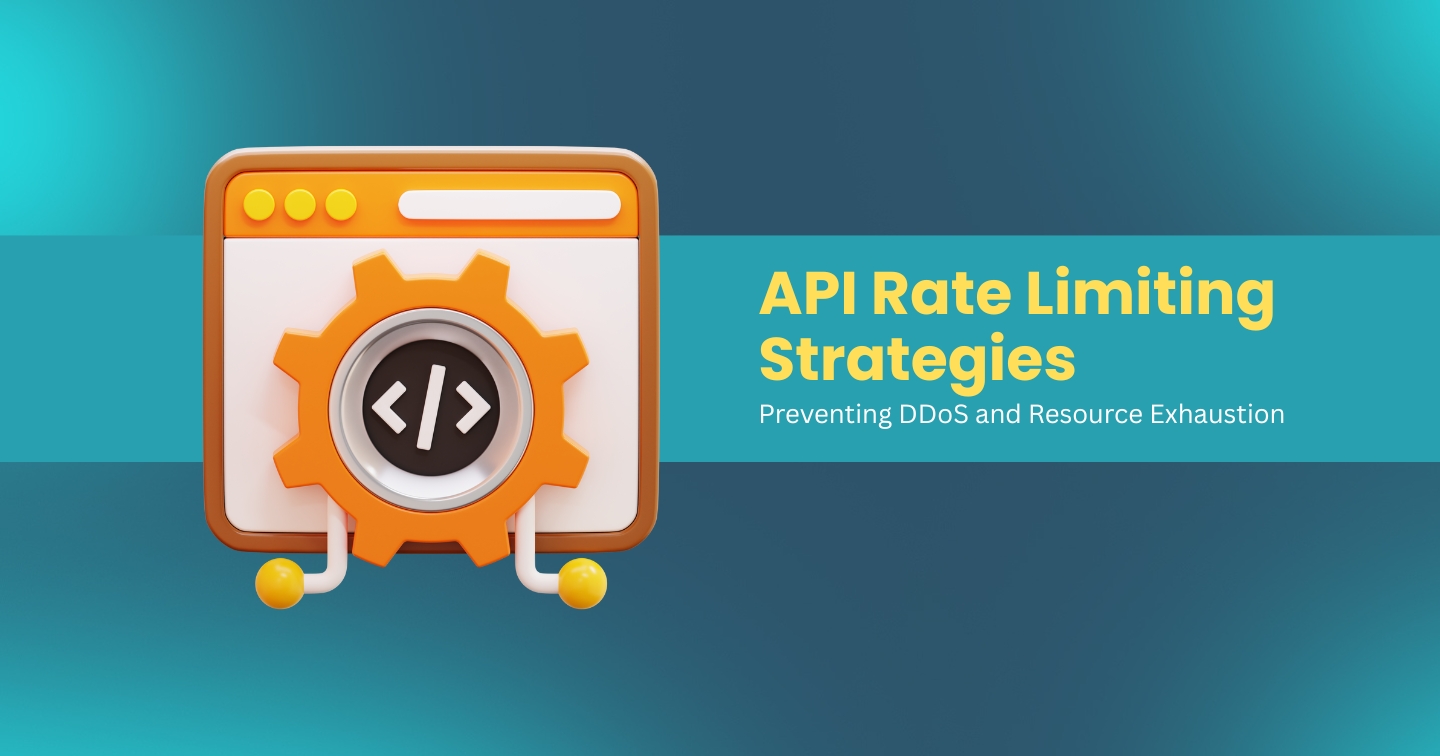Business constraint exploitation, commonly known as business constraint bypass, is not a typical data breach where sensitive data is stolen; rather, this vulnerability occurs when an application's business logic constraints are circumvented by an attacker.
Since this flaw is more challenging to discover than OWASP vulnerabilities, we've put together an article that discusses the importance of identifying it and what you can do to test for potential attacks.
Why It's Important to Identify Business Constraint Bypass?
Business Constraint Bypass is an overlooked threat that can seem harmless at first. But if left unchecked, this simple exploit could lead to serious problems for your company's data and applications—from getting access where it shouldn't have to DoS-based attacks.
For example, your website has a flash sale of a product, but each customer is limited to 10 items per transaction. When a web application or an API has a loophole, malicious users are given carte blanche to modify and exploit this parameter (limit per customer to purchase more, therefore bypassing your business constraint. If you've tried to get your hands on a new gaming system during its initial launch, you've experienced this type of exploit from a customer's perspective.
Let's see ways to correct business constraint exploitations.
How to Combat Business Constraint Bypass Vulnerabilities?
The best way to get more information from a program is by looking at its controller. This can be done in two ways: finding parameters that may be changed or examined and then modifying them to have better data sets for your analysis.
Modifying a program's parameters to return more data than necessary is an effective way of finding bugs in the application. Usually, this involves looking at all its possibilities and then choosing which ones can be modified for better results.
Here are some other remediation steps you could take:
- Monitor API Calls: Make sure they are being used as intended. If an API call is available on the internet, someone has a chance to exploit it.
- Set Limits on API Keys: Regular users should never have limitless capabilities or access.
- Set User Limits on Dynamic APIs: Limit requests by user or use cases, including session data in requests themselves.
- Observe HTTP Traffic: Look at both request and response blocks.
- Analyze POST/GET Requests: Malicious actors might use POST/GET requests with typical parameters either in name-value pair, JSON, or XML.
- Search Hidden Parameters: Look for hidden parameters and their values, analyzing specific calls as these constraints on a business can become targets if the end-user of your application or website does not understand them.
Start Securing Your Business Constraints with APIsec
Finding business constraints on your own is time-consuming, and you still risk missing a flaw.
APIsec is leading the industry with its innovative, comprehensive, and continuous API testing. Here's how they find the often undiscovered constraint flaws:
- API Analyzer: With API Analyzer, you can dissect your company's APIs down to every endpoint, call, and input parameter so that the engine knows how best to attack it.
- API Attacker: API Attacker is an attack generator that applies hundreds of different scenarios and maps them onto your API to create custom-tailored attacks based on your unique API architecture.
- API Scanner: The engine that searches for anything unexpected in the test generated by API Attacker and generates a report.
APIsec's solution makes it possible to continuously test APIs with each release - not just once or twice per year.
Don't wait until you've been exploited; contact an API security specialist to schedule a free demo.
FAQs
1. Why is business constraint bypass considered a serious security threat?
Business constraint bypass lets attackers ignore limits, workflow steps, or policy rules designed to protect financial or operational integrity, matching the risks described in the business constraint exploitation analysis. Once these boundaries are broken, attackers can trigger actions the system never intended to allow.
2. How can attackers exploit business logic constraints in APIs?
They manipulate parameters, reorder workflow steps, or switch user roles mid-flow to bypass checks, behaviors reflected in real cases documented under business logic vulnerabilities. Even small validation gaps allow unauthorized operations like limit overrides or unintended approvals.
3. What methods can organizations use to detect and prevent business constraint bypasses?
Use logic-aware testing, strict server-side validation, and continuous monitoring of workflow sequences. Testing must simulate real user journeys, not just static payload checks.
4. How does continuous API testing help identify business constraint vulnerabilities?
Continuous testing detects unexpected state transitions, inconsistent responses, and logic shifts introduced during updates. It reveals when new code unintentionally weakens a workflow’s guardrails.
5. What are the best practices for securing business logic constraints in APIs?
Validate every step server-side, avoid trusting client-side flags, enforce identity-bound checks, and document all workflow rules. Controls must be encoded in the backend, not the UI.

.webp)

